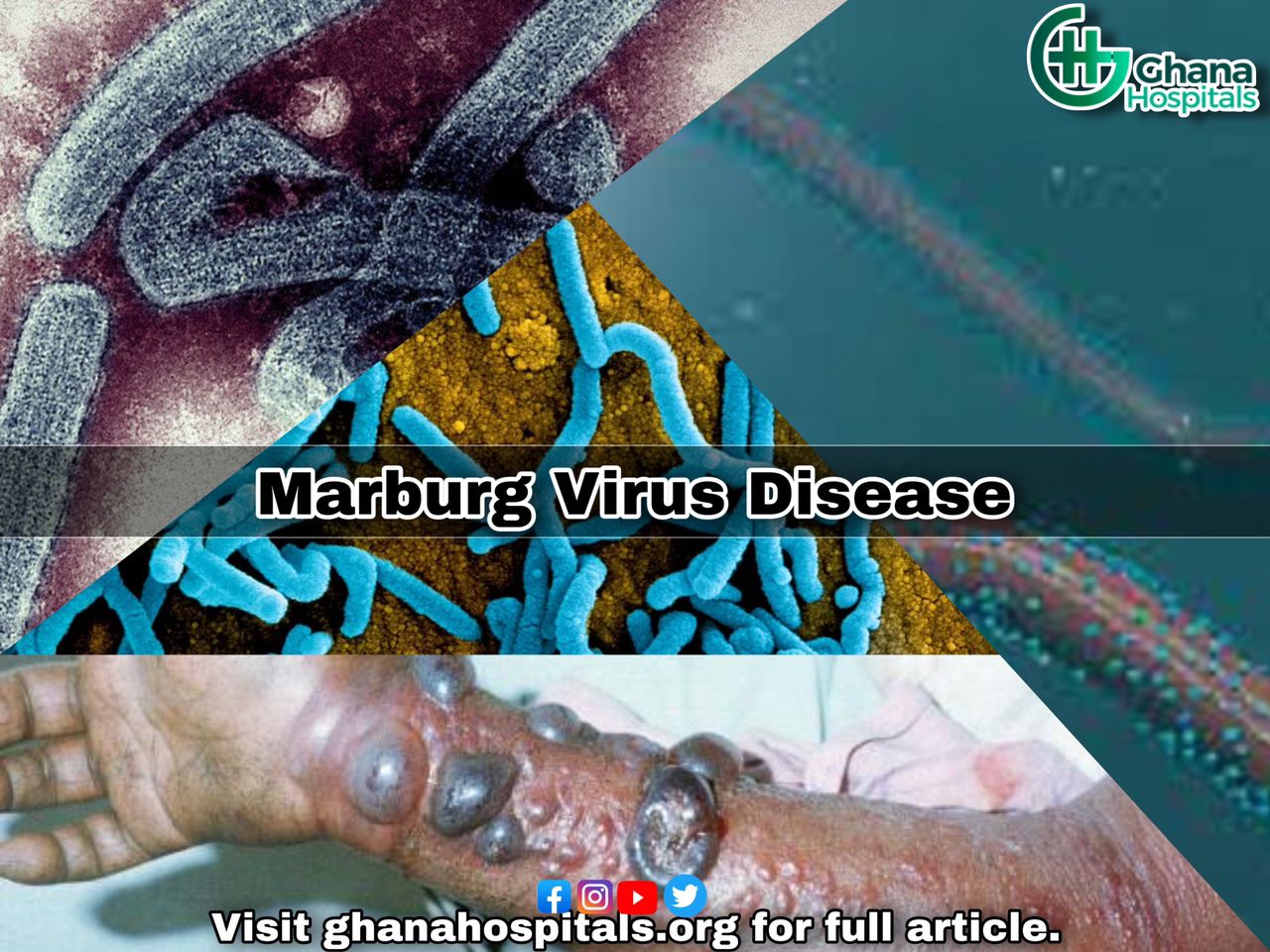 Marburg virus disease is a highly virulent disease that causes haemorrhagic fever, with a fatality ratio of up to 88%. It is in the same family as the virus that causes Ebola virus disease. Two large outbreaks that occurred simultaneously in Marburg and Frankfurt in Germany, and in Belgrade, Serbia, in 1967, led to the initial recognition of the disease. The outbreak was associated with laboratory work using African green monkeys (Cercopithecus aethiops) imported from Uganda. Subsequently, outbreaks and sporadic cases have been reported in Angola, Democratic Republic of the Congo, Kenya, South Africa (in a person with recent travel history to Zimbabwe) and Uganda. In 2008, two independent cases were reported in travellers who visited a cave inhabited by Rousettus bat colonies in Uganda.
Marburg virus disease is a highly virulent disease that causes haemorrhagic fever, with a fatality ratio of up to 88%. It is in the same family as the virus that causes Ebola virus disease. Two large outbreaks that occurred simultaneously in Marburg and Frankfurt in Germany, and in Belgrade, Serbia, in 1967, led to the initial recognition of the disease. The outbreak was associated with laboratory work using African green monkeys (Cercopithecus aethiops) imported from Uganda. Subsequently, outbreaks and sporadic cases have been reported in Angola, Democratic Republic of the Congo, Kenya, South Africa (in a person with recent travel history to Zimbabwe) and Uganda. In 2008, two independent cases were reported in travellers who visited a cave inhabited by Rousettus bat colonies in Uganda.
Human infection with Marburg virus disease initially results from prolonged exposure to mines or caves inhabited by Rousettus bat colonies. Once an individual is infected with the virus, Marburg can spread through human-to-human transmission via direct contact (through broken skin or mucous membranes) with the blood, secretions, organs or other bodily fluids of infected people, and with surfaces and materials (e.g. bedding, clothing) contaminated with these fluids.
Illness caused by Marburg virus begins abruptly, with high fever, severe headache and severe malaise. Muscle aches and pains are a common feature. Severe watery diarrhoea, abdominal pain and cramping, nausea and vomiting can begin on the third day. Diarrhoea can persist for a week. The appearance of patients at this phase has been described as showing “ghost-like” drawn features, deep-set eyes, expressionless faces and extreme lethargy. A non-itchy rash has been noted between 2 and 7 days after the onset of symptoms.
Many patients develop severe haemorrhagic manifestations within 7 days, and fatal cases usually have bleeding, often from multiple areas. Fresh blood in vomitus and faeces is often accompanied by bleeding from the nose, gums and vagina. Spontaneous bleeding at venepuncture sites (where intravenous access is obtained to give fluids or obtain blood samples) can be particularly troublesome. During the severe phase of illness, patients have sustained high fevers. Involvement of the central nervous system can result in confusion, irritability and aggression. Orchitis (inflammation of the testicles) has been reported occasionally in the late phase (15 days).
In fatal cases, death usually occurs between 8 and 9 days after onset, usually preceded by severe blood loss and shock.
Supportive care – rehydration with oral or intravenous fluids – and treatment of specific symptoms improves survival. There is as yet no proven treatment available for Marburg virus disease. However, a range of potential treatments including blood products, immune therapies and drug therapies are currently being evaluated.
Diagnosis
It can be difficult to clinically distinguish Marburg virus disease (MVD) from other infectious diseases such as malaria, typhoid fever, shigellosis, meningitis and other viral haemorrhagic fevers. Confirmation that symptoms are caused by Marburg virus infection are made using the following diagnostic methods:
- antibody enzyme-linked immunosorbent assay (ELISA);
- antigen detection tests;
- serum neutralization tests;
- reverse-transcriptase polymerase chain reaction (RT-PCR) assay; and
- virus isolation by cell culture.
Samples collected from patients are an extreme biohazard risk and laboratory testing on non-inactivated samples need to be conducted under maximum biological containment conditions. All biological specimens must be packaged using the triple packaging system when transported nationally and internationally.
WHO